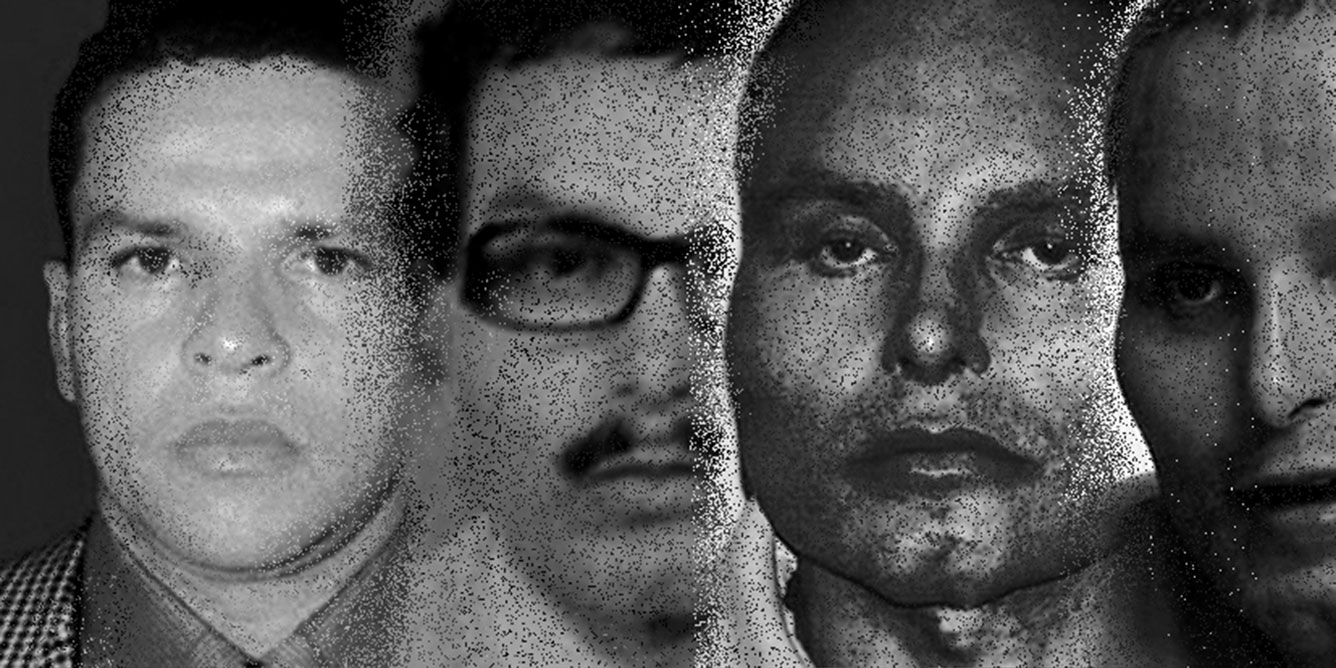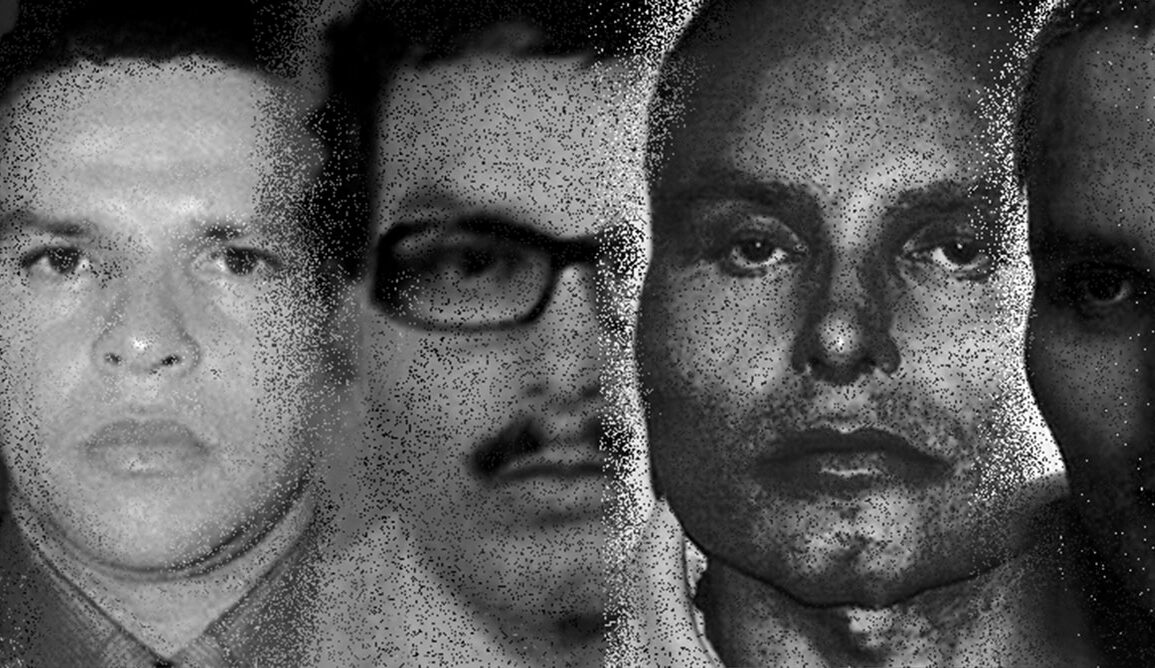
The sentencing of a notorious leader of Colombia’s Norte del Valle Cartel marks the end of a lucrative and bloody career that impacted the underworld throughout the Americas.
A New York District Court sentenced Juan Carlos Ramírez Abadia, alias “Chupeta,” on August 14 to 20 years for charges related to drug trafficking, money laundering, and homicide after he admitted to ordering the murders of 150 people, some of which he himself carried out, and shipping hundreds of tons of cocaine to the United States.
Despite the scale of the crimes, Chupeta received a reduced sentence after serving as a key witness in the trial against Joaquín Guzmán Loera, alias “El Chapo,” detailing the cocaine trafficking connections between his Norte del Valle Cartel (NDVC) and the Mexican Sinaloa Cartel. He also testified against Jesús “El Rey” Zambada, brother of Ismael Zambada García, alias “El Mayo,” the current leader of the Sinaloa Cartel, and he may have testified in numerous other cases.
SEE ALSO: 4 Takeaways So Far From the US Trial Against ‘El Chapo’
In his most recent testimony, Chupeta revealed how he helped send dozens of tons of cocaine to a Mexican group, who took care of transportation logistics across the US-Mexico border. Throughout his career, Chupeta exported some 500 tons of cocaine on planes, ships, and semi-submersibles, according to his testimony.
With credit for time already served and good behavior, he could be released sometime next year, noted journalist Keegan Hamilton.
In addition to his notoriety in the criminal underworld, Chupeta is famous for a series of botched surgical procedures he underwent to avoid capture, completely reconstructing his face.
InSight Crime Analysis
Chupeta’s criminal activities stretch across Latin America, and his connections included organized crime groups, government officials, and powerbrokers throughout the region.
Chupeta began his career with the Cali Cartel during the 1980s, where he worked as a horse trainer for Iván Urdinola Grajales, then a mid-level trafficker in the cartel, according to a Colombian police intelligence report cited by El Tiempo.
When the Cali Cartel fragmented in the early 1990s, the NDVC emerged as one of its successors, with Grajales, Chupeta, and other former members of the Cali Cartel leading the group. By the early 2000s, Chupeta and the NDVC served as the Sinaloa Cartel’s main cocaine supplier, once sending 14 cocaine-filled planes to Mexico in a single night, according to Colombian newspaper El Pais.
Chupeta admitted to paying million dollars in bribes to Colombian politicians and officials during the 1990s to try and slow walk the extradition of suspected traffickers to the United States. He was also known for paying off police, military, members of the judiciary, and even an engineer at a cellular phone company in return for alerting him if his calls were being tapped.
SEE ALSO: How International Narcos Rebuild Their Lives in Brazil
With a guarantee that he would serve time only in Colombian prisons, Chupeta turned himself in to Colombian authorities in March 1996. He was sentenced to 24 years in prison but was released early in 2002.
Chupeta soon fled to Brazil, where he was involved in numerous money laundering schemes and underwent several surgical procedures to change his appearance and evade recapture, as he still faced indictments from multiple US courts on drug trafficking charges.
Although the surgeries rendered Chupeta unrecognizable compared to his old self, he was eventually captured by Brazilian authorities in a wealthy neighborhood of São Paulo in 2008 with the help of voice recognition technology. In custody, Chupeta allegedly offered authorities millions of dollars to accelerate his extradition to the United States, given the deplorable conditions in the Brazilian prison system.
Eventually, he was extradited to the United States to face remaining charges, later providing key testimony in the 2019 trial of El Chapo.
What are your thoughts? Click here to send InSight Crime your comments.
We encourage readers to copy and distribute our work for non-commercial purposes, with attribution to InSight Crime in the byline and links to the original at both the top and bottom of the article. Check the Creative Commons website for more details of how to share our work, and please send us an email if you use an article.
This post was originally published on this site be sure to check out more of their content.









